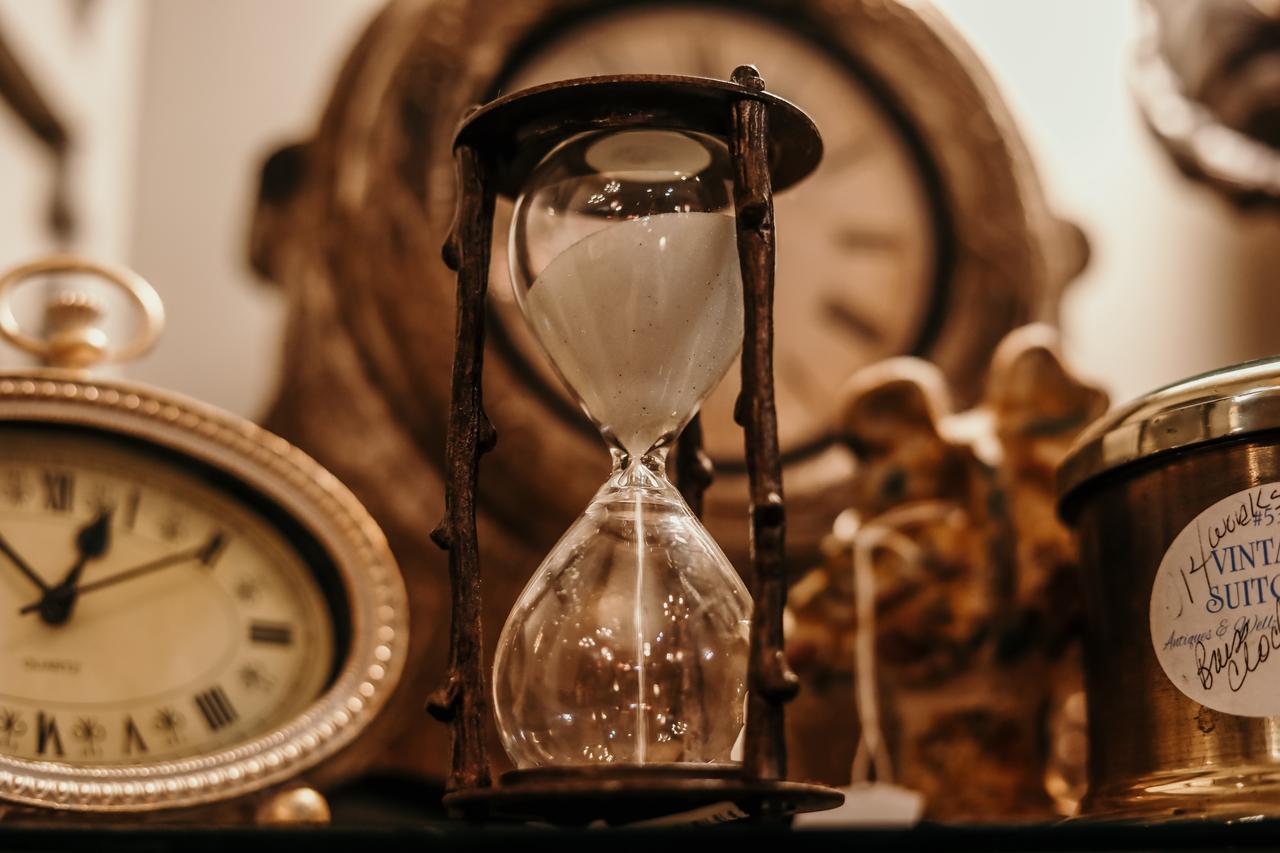Timing Is Everything: Choosing the Best Timeframe for Day Trading

Day trading involves making numerous trades within a single day, and the choice of timeframe can significantly impact a trader’s success. The best timeframe for day trading is subjective and depends on the trader’s personality, strategy, and comfort level.
The Importance of Timeframes in Day Trading
Timeframes dictate the granularity of price data a trader sees. A shorter timeframe might show more minute-by-minute fluctuations, while a longer one could smooth out those fluctuations to show a broader trend.
Choosing the right timeframe is crucial because it can influence entry and exit points, stop-loss placements, and even the type of strategies employed.
Tick Charts in Futures Trading: A Transaction-Based Perspective
Tick charts, rooted in a predetermined number of transactions or “ticks,” provide a distinctive view of price dynamics, particularly in highly liquid futures markets.
The 1-Minute Chart: A Day Trader’s Microscopic Lens in Futures
A favorite among many futures day traders, the 1-minute chart offers an intricate look at price shifts. However, its granularity can sometimes lead to an overload of minor price changes.
Navigating Futures with the 5-Minute Chart: A Balanced Approach
Striking a harmony between granularity and a broader perspective, the 5-minute chart is ideal for futures traders who wish to sidestep the minutiae of every price movement.
The 15-Minute Futures Chart: A Wider Window for Strategic Moves
For traders aiming to maintain a position over several hours, the 15-minute chart serves as a valuable tool, encapsulating more extended price trends in the futures market.
Understanding Timeframes in Day Trading
A timeframe in trading refers to the duration of time that traders use to analyze and forecast future price trends. It can range from one minute to one month or more. The choice of timeframe is crucial as it can influence the number of trading opportunities, the potential profit per trade, and the level of risk.
The Importance of Matching Timeframe to Personality
One of the reasons newbie traders don’t do as well as they should is because they’re usually trading the wrong time frame for their personality. For instance, new forex traders may start trading small time frames like the 1-minute or 5-minute charts in the hopes of getting rich quickly. However, this can lead to frustration when the time frame doesn’t fit their personality.
Factors to Consider When Choosing a Timeframe
- Trading Strategy: Some strategies work better on specific timeframes. For instance, scalping might be more suited to shorter timeframes, while momentum strategies could benefit from slightly longer ones.
- Personal Temperament: A trader who thrives on fast-paced decision-making might prefer shorter timeframes, while someone more methodical might opt for longer ones.
- Market Volatility: During highly volatile periods, shorter timeframes might become too chaotic, and a slightly longer timeframe could offer a clearer perspective.
- Available Time: If a trader can’t continuously monitor charts, they might opt for a longer timeframe to ensure they don’t miss significant price movements.
Different Timeframes for Different Day Traders
Some traders feel most comfortable trading the 1-hour charts. This timeframe is longer, but not too long, and trade signals are fewer, but not too few. Trading on this time frame helps give more time to analyze the market and not feel so rushed.
On the other hand, some traders prefer a 10-minute chart as it gives them enough time (but not too much) to make decisions based on their trading plan. There are also traders who prefer daily, weekly, and monthly charts.
Experimentation is Key For Futures Traders
While guidance and best practices can be beneficial, every trader is unique. It’s essential to experiment with different timeframes to find what aligns best with individual preferences and strategies. Over time, through trial and error, traders can hone in on the timeframe that offers them the highest probability of success.
While the adage “timing is everything” holds true in day trading, it’s crucial to remember that the “perfect” timing varies from trader to trader. The journey to find the optimal timeframe is personal and requires introspection, experimentation, and adaptability.
The Best Timeframe for Day Trading Futures
The best timeframe for day trading is subjective and depends on the trader’s personality. Traders should feel comfortable with the time frame they’re trading in. They should not feel that the reason for the pressure is because things are happening so fast that they find it difficult to make decisions or so slowly that they get frustrated.
When starting out, traders often experiment with different timeframes, such as the 15-minute chart, the 5-minute chart, the 1-hour chart, the daily chart, and the 4-hour chart, until they find their comfort zone.
The Recommended Timeframe for Day Trading
According to some experts, the best time frame in trading is daily bars. This timeframe offers a balance between the number of trading signals and the potential for finding an edge in the market. However, traders are encouraged to be open to any timeframe and pick the one that best suits their needs and where they can get an edge.
The best timeframe for day trading is a personal choice that depends on the trader’s personality, strategy, and comfort level. It’s crucial for traders to experiment with different timeframes to find the one that suits them best.
Excited by What You've Read?
There's more where that came from! Sign up now to receive personalized financial insights tailored to your interests.
Stay ahead of the curve - effortlessly.

